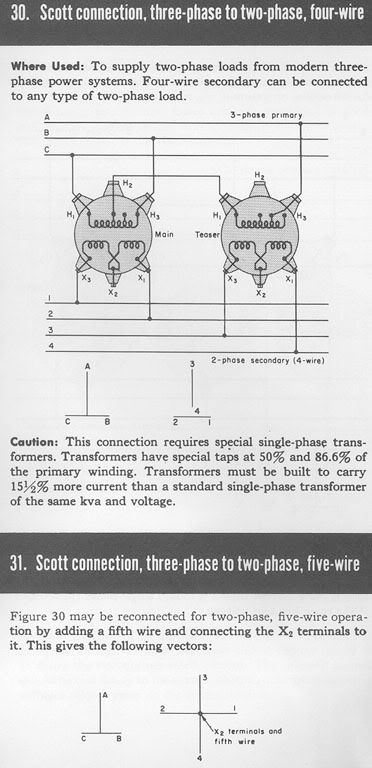True. For me that comes up when syncing generator to utility. I've only worked a few, so could be that "Coulter's Law of Stastical Samples of One" are getting me. For some reason, the utility PTs and the bus PTs are Wye. Generator PTs open Delta. Really improtant to pay attention to the scope connections when verifying phasing and rotation for the synchronizer.crossman said:Brings up another issue of the delta 3-wire vectors. You can draw it with arrows going clockwise. Or counterclockwise.
carl


